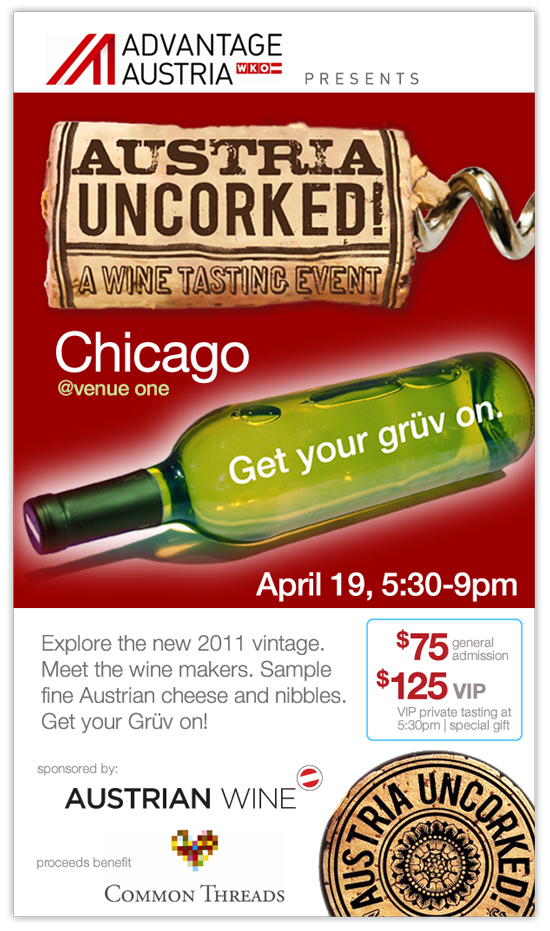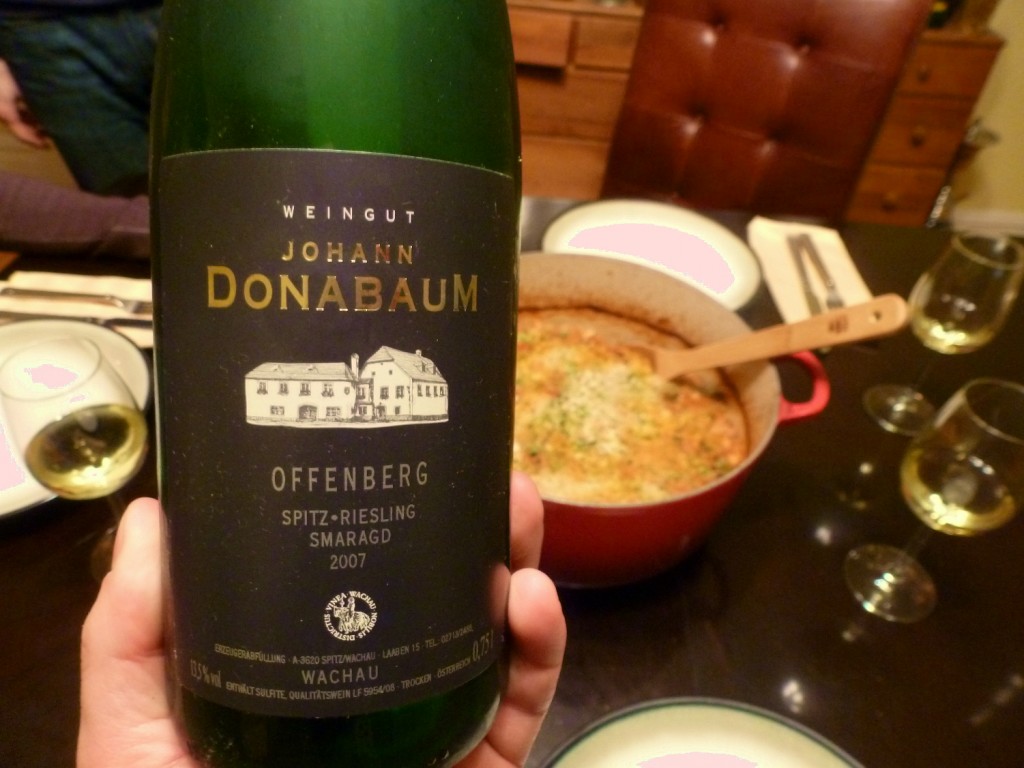Austria’s Sexiest Red
Austria has an quite an uphill climb ahead of it. When most people think of Austrian wines, should they even think of them at all, I suspect they think of them as basically like German wines, but cuter. Some people perhaps think of Grüner Veltliner, which has become a sort of national grape, or perhaps even fine Riesling from the Wachau.
Almost none of us, myself included, think of red wine. I imagine Austrian reds consigned to the “Other” or “Eastern European” section of the wine shop, next to bottles of cloyingly sweet stuff with mysterious semi-Cyrillic labels.
Fortunately, many Austrian winemakers ignore our ignorance and produce delicious dry reds anyway. I had the fortune to sample a remarkable array of these red wines at the recent “Austria Uncorked” tasting in Chicago, and though I’ve been to Austria a number of times, this tasting was revelatory. A variety called St. Laurent was particularly divine.
I first sampled St. Laurent not in Austria but in the Czech Republic, where the variety is known as Svatovavřinecké. (Don’t worry about remembering that name or trying to pronounce it — you’ll have a hard time finding any Czech wine here in the states.) This direct descendant of Pinot Noir impressed me then, but I can’t even remember trying a St. Laurent (“Sankt Laurent” in German) in the years since. It was a real joy to taste several expressions of this exciting variety all together:
2009 Pfaffl “Altenberg” St. Laurent: Pfaffl’s Altenberg vineyard lies in the large Weinviertel district north of Vienna. Its proximity to a forest keeps the grapes cool in the evening, according to Pfaffl’s website, allowing the ordinarily quick-ripening St. Laurent more time to develop on the vine. A deep garnet color, this wine smelled of ripe red fruit and iron. On the palate, the flavors moved from fruit to green pepper to black pepper on the finish. Very fun.







